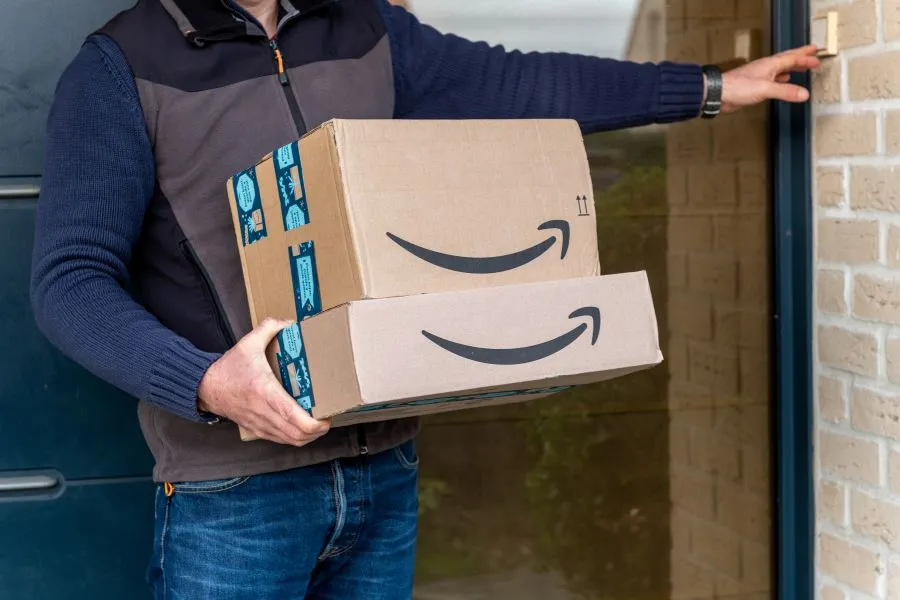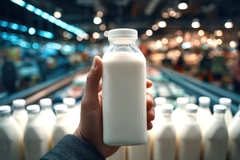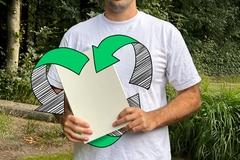Amazon ends US prep and labeling services in 2026 to boost efficiency
Key takeaways
- Amazon will end its FBA prep and item labeling services in the US starting January 1, 2026, requiring sellers to handle packaging and labeling themselves.
- The change affects all FBA-related programs, including Amazon Warehousing & Distribution, Global Logistics, and Supply Chain Portal.
- Amazon urges brands to manage prep internally or use vetted third-party providers and highlights its ongoing shift toward paper-based, recycled packaging for sustainability.

Amazon has announced that, starting next year, its prep and item labeling services for Fulfillment by Amazon (FBA) shipments will no longer be available in the US. To improve operational efficiency, e-commerce sellers on the platform will be in charge of ensuring the FBA reaches Amazon’s fulfillment centers ready to ship.
Currently, Amazon offers prep services to help protect products during shipping and ensure compliance with FBA requirements. However, the company cites a steady improvement in seller packaging capabilities and a desire to streamline fulfillment operations as reasons for the shift.
“Starting January 1, 2026, we’ll no longer offer prep and item labeling services for FBA shipments in the US store. This change applies to all inventory that is sent to our US FBA service, including inventory that you send directly into FBA as well as inventory from Amazon Warehousing and Distribution, Amazon Global Logistics, Amazon Send, and Supply Chain Portal. When that inventory goes through FBA,” says the e-commerce giant.
The discontinuation includes FNSKU labels (Amazon’s internal tracking code that links a product directly to the specific seller), bundling (packaging multiple products together as one sellable unit), bagging (placing an individual product or bundle into a protective bag), or other compliance-related steps.
Updated Amazon guidelines
Products are expected to arrive at the Amazon warehouse fully labeled, packaged, and ready to ship to customers.
The consultancy Market Defense says: “For most brands, that means more complexity, more risk, and more room for errors.”
In its updated guidelines, Amazon notes: “Correct packaging and prep helps to reduce receiving delays and protect your products from damage.”
Shipments created after January 1 that arrive without proper prep or labeling will not be eligible for reimbursement if damaged or lost.
Amazon encourages brands to handle prep in-house, work with their own service providers, or leverage third-party providers vetted by Amazon. The company adds that eligible products can also take advantage of the Ships in Product Packaging program.
Pat Lindner, sustainable packaging expert at Amazon, spoke to Packaging Insights about the company’s e-commerce packaging aims.











